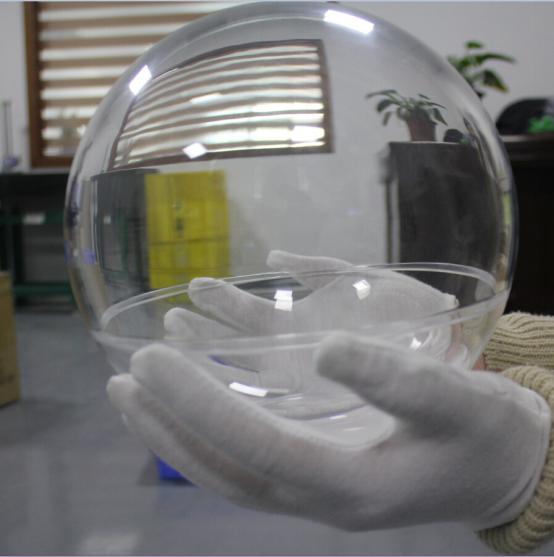Get in touch.
Dear,I will reply in 12 hours. All your message are protected!
Rapid Prototyping Services, Professional manufacturer of CNC Prototyping and 3D Prototyping in China.
CNC machining allows for precise and complex shapes, including spherical surfaces. Machining spherical surfaces using CNC technology requires careful planning, specialized tooling, and precise programming. In this article, we will explore the steps and best practices for machining spherical surfaces using CNC.

Design and CAD Preparation:
Begin by creating a 3D model of the desired spherical surface using CAD software. Ensure the model accurately represents the desired dimensions and curvature. Pay attention to the tolerances and surface finish requirements. Prepare the CAD file for CNC machining by converting it into a compatible format such as STL or STEP.
1.Tooling Selection:
Selecting the appropriate tooling is crucial for machining spherical surfaces. Specialized ball end mills or spherical cutters are commonly used. Choose tools with the appropriate ball radius and cutting edge geometry for the desired surface finish. Ensure the tools are sharp and in good condition to achieve precise and smooth results.
2.CAM Programming:
Generate a CAM program using CAM software based on the 3D model and tooling selection. Define the toolpaths, cutting parameters, and machining strategies. Consider using 5-axis CNC machines for more complex spherical surfaces, as they offer greater flexibility in tool positioning and can reduce the need for multiple setups.
3.Workpiece Fixturing:
Securely fixturing the workpiece is essential to ensure stability and accuracy during machining. Consider using specialized fixtures or custom-made jigs that allow for proper orientation and alignment of the workpiece. Ensure the workpiece is securely held and does not move or shift during the machining process.
4.Cutting Parameters:
Optimize the cutting parameters for machining spherical surfaces. Consider the material being machined and adjust the feeds, speeds, and depth of cut accordingly. Take into account the desired surface finish, tool life, and machine capability. Make incremental changes to the cutting parameters as needed to achieve the desired results.
5.Quality Control:
Regularly inspect the machined spherical surfaces to ensure accuracy and quality. Use precision measuring instruments such as coordinate measuring machines (CMMs) or optical profilometers to verify the dimensions and surface finish. Compare the measured results to the desired specifications and make any necessary adjustments to the machining process.
6.Surface Finish Enhancement:
Depending on the desired surface finish, additional processes may be required after CNC machining. Consider post-machining operations such as polishing, buffing, or sanding to achieve the desired smoothness and appearance. Take into account any additional tolerances or dimensional changes that may result from these processes.
7.Conclusion:
Machining spherical surfaces using CNC requires careful planning, specialized tooling, precise programming, and attention to detail. By following these best practices and utilizing the appropriate tooling and machining strategies, you can achieve accurate and high-quality results when machining spherical surfaces. Implement these techniques to enhance the efficiency and accuracy of your CNC machining projects involving spherical surfaces.
Remember to adjust the content as needed and optimize it further for Google SEO by incorporating relevant keywords and ensuring a clear structure.
© 2005-2025 Shenzhen Tuowei Model Technologies Co., Ltd. | All Rights Reserved 粤ICP备11096697号